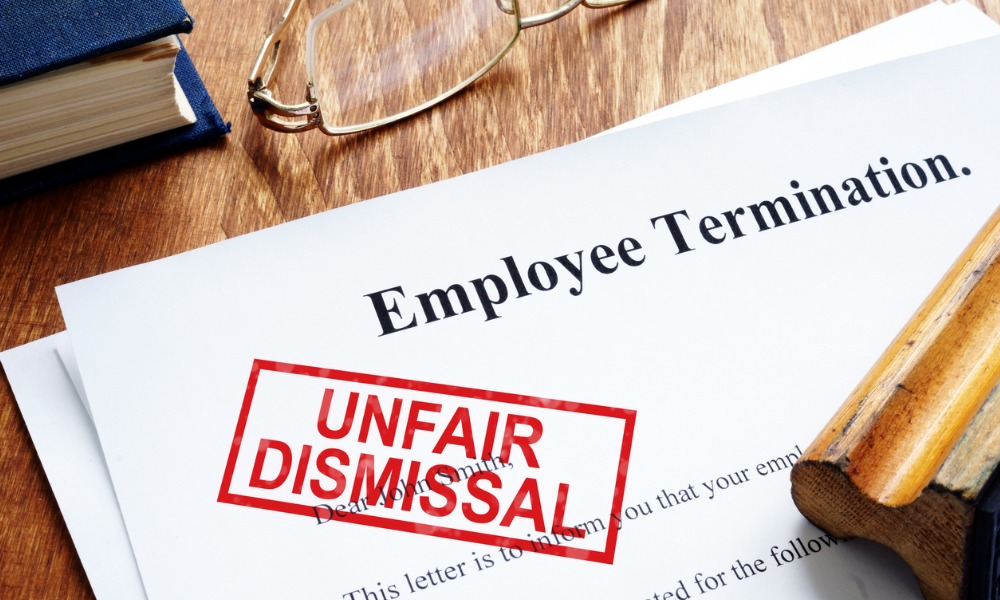
Fair Work discusses criteria in recent case involving concrete labourer

A casual worker filed an application before the Fair Work Commission (FWC) alleging that he was unfairly dismissed by his employer.
The latter argued that the worker held a casual employment status, adding that his engagement was neither consistent nor predictable, and he lacked a reasonable expectation of continuous employment.
Consequently, according to the employer, the worker's tenure as a casual employee should not be considered when calculating his minimum employment duration.
The worker started his employment on 25 July 2022 as a concrete labourer. Throughout his tenure, the worker remained in a casual employment arrangement.
On 9 February 2023, the worker suffered a workplace injury to his left thumb, which required surgery on 15 February.
Due to the nature of his incapacity, he was absent from work from that date until 30 March, during which period he received workers' compensation payments. The worker then resumed work on 31 March 2023.
The worker's weekly hours varied until his eventual termination on 19 May. He said the reason for his dismissal was the employer's financial constraints.
According to records, the employer argued that the worker's employment lacked regularity and systematic consistency, and he did not possess a reasonable expectation of ongoing employment. Its argument rested on several factors:
1. The absence of a definitive, pre-established commitment regarding the duration of the worker's employment;
2. Irregular, sporadic, and unpredictable working hours for the worker;
3. The worker's authority to accept or decline work, even to the extent of not reporting to work on days when work was available;
4. The worker's compensation on an hourly basis;
5. The payment of casual loading, with the worker not enjoying permanent employee benefits like annual and personal leave;
6. The worker's exemption from providing notice of job termination or notice of availability for work.
HRD previously reported about another worker’s dismissal claim. On the other hand, the employer insisted that he was “under a trial shift” and, therefore, not their “official” employee.
The FWC found that the worker “returned to work after his injury-related absence and continued to work up until his dismissal with no issues.”
“This supports the finding that there was no break in service nor an intention by either party for the absences to have acted as such.”
Moreover, it noted that “there was an identifiable ‘system’ within which the [worker] was employed, such that his employment is regarded as systematic. It is clear from the [employer’s] evidence and submissions that [he] was engaged in a particular position (being the concrete labourer) and received an induction in relation to his employment,” the Commission said.
“While [he] was not required to inform the [employer] of his availability in advance, the evidence demonstrates that there was a system employed by the [employer] in offering its casual employees work.”
The FWC said that the employer “would allocate shifts based on an assessment of its needs and the needs of its clients, and the availability of its employees on a given day.”
“[It] confirmed that there would ‘always’ be work available to the [worker] if he were to attend work on any given day.”
“[This proves] that there was a system which applied to the [worker] and the other casual employees, whereby they understood that, after having made themselves available for work by attending the work site, they would be allocated work by the employer. Conversely, they would not be allocated in circumstances where they were unavailable for work.”
The Commission said that because of this system, the worker “had a reasonable expectation of continuing employment on a regular and systematic basis.”
“The evidence demonstrates that the [employer] consistently offered [him] shifts, notwithstanding the variance in [his] weekly hours, and that the [worker] would be allocated a shift should he attend the workplace on any given workday.”
Thus, the FWC ruled that the worker has met the minimum employment period and is considered protected from unfair dismissal. It then directed the worker’s application to be heard on the merits.